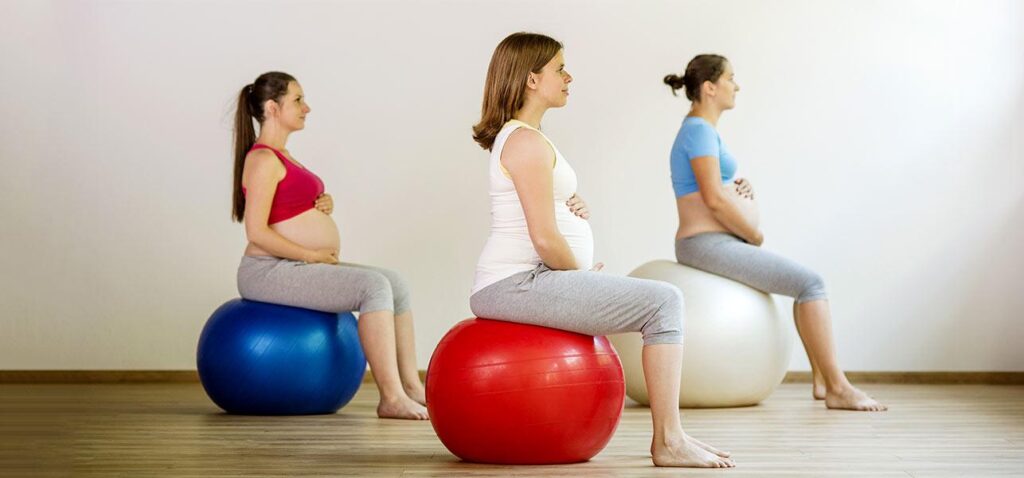After giving birth, your body goes through a significant recovery process, and focusing on strengthening your pelvic floor muscles is an important part of that journey. The pelvic floor plays a key role in supporting your bladder, uterus, and bowel, and it’s crucial for core stability. Childbirth can weaken these muscles, making it essential to choose the right type of exercises—especially when you want to get your cardio fix while being kind to your pelvic floor.
This article provides a guide to pelvic floor-friendly cardio exercises that are safe for postpartum moms. These exercises help you boost your fitness, shed extra weight, and stay active—all without putting too much pressure on your recovering body.
- Walking
Walking is one of the best ways to ease back into cardiovascular activity postpartum. It’s gentle, easily modifiable, and doesn’t put undue pressure on the pelvic floor. Start with shorter walks and gradually increase your distance and speed as you feel stronger. You can also push a stroller to get some extra resistance and make it a bonding experience with your baby.
How to do it:
- Start with a slow, comfortable pace for 10-15 minutes.
- Gradually increase your pace for an added cardio effect.
- Aim for 30 minutes a day, adjusting as needed based on your energy and recovery level.
- Swimming
Swimming is a low-impact exercise that provides an excellent cardiovascular workout while being easy on your joints and pelvic floor. The buoyancy of water supports your body, which means minimal pressure on your pelvic area, making it an ideal postpartum cardio option.
How to do it:
- Start with 10-15 minutes of easy laps.
- Gradually increase the duration as you build strength and stamina.
- Water aerobics is also a great option if you prefer a more structured routine.
- Stationary Cycling
A stationary bike provides a great cardio workout without the bouncing and impact of running. It allows you to get your heart rate up while keeping pressure off your pelvic floor, making it an ideal choice for postpartum moms. Adjust the resistance to suit your comfort level and avoid overly intense sessions early on.
How to do it:
- Begin with 10-20 minutes at a low resistance level.
- Gradually increase your time and resistance as your fitness improves.
- Maintain an upright posture to keep your core engaged and minimize pelvic pressure.
- Low-Impact Dance Workouts
Dancing can be a fun way to get moving and boost your mood, and it can also be done at a low intensity to protect your pelvic floor. Look for dance workouts that avoid jumps or high-impact movements and instead focus on fluid, gentle movements.
How to do it:
- Put on your favorite music and dance at a comfortable pace.
- Focus on side steps, gentle sways, and controlled movements.
- Aim for 15-20 minutes, increasing as your body allows.
- Elliptical Training
An elliptical trainer offers a low-impact cardio workout that reduces stress on your pelvic floor compared to running. It provides a good cardiovascular workout while allowing you to control your pace and intensity, which is especially helpful during postpartum recovery.
How to do it:
- Start at a low resistance level for 10-15 minutes.
- Gradually increase the duration and resistance as you build strength.
- Keep your core engaged and maintain an upright posture.
- Water Walking
Walking in the pool adds resistance and provides a full-body cardio workout while being extremely gentle on the pelvic floor. The water’s buoyancy reduces impact, making it ideal for new moms looking to reintroduce cardio without strain.
How to do it:
- Walk through shallow water, moving your arms and legs for added resistance.
- Start with 10-15 minutes and gradually increase to 30 minutes.
- Focus on upright posture and engaging your core muscles.
- Low-Impact Aerobics
Low-impact aerobics, where at least one foot is on the ground at all times, can be another safe postpartum cardio option. This can include step-touch, side lunges, and knee lifts, which raise your heart rate without intense jumping.
How to do it:
- Follow a low-impact aerobic video or create your own routine.
- Include movements like side steps, grapevines, and knee raises.
- Perform for 15-20 minutes, adjusting based on how your body feels.
Tips for Safe Postpartum Cardio
- Listen to Your Body: Your body is still recovering, so start slowly and pay attention to how you feel. If you experience any pelvic pain or discomfort, reduce the intensity or stop altogether.
- Engage Your Core: To protect your pelvic floor, engage your core muscles during exercises. This will help provide extra support and stability.
- Avoid High Impact Early On: Exercises like running, jumping, or heavy lifting can put too much pressure on your pelvic floor muscles, especially in the first few months postpartum. Stick to low-impact options until your body is stronger.
- Gradually Increase Intensity: Start with shorter workouts and lower intensity, then gradually increase as you feel stronger and more comfortable.
- Consult Your Healthcare Provider: Before starting any exercise routine, it’s always best to consult your healthcare provider, especially after childbirth.
The Importance of Pelvic Floor Exercises
In addition to cardio, it’s essential to incorporate pelvic floor exercises (like Kegels) into your routine. These exercises help strengthen the muscles that have been stretched and weakened during pregnancy and delivery, ensuring they can properly support your bladder, uterus, and bowel.
How to do Kegels:
- Tighten the muscles you use to stop the flow of urine.
- Hold for 5-10 seconds, then relax.
- Repeat 10-15 times, 3 times a day.
An insight from mamahood
Getting back to cardio exercises postpartum can be incredibly beneficial for your physical and mental health, but it’s important to do so in a way that respects your body’s healing process. By choosing pelvic floor-friendly cardio exercises like walking, swimming, stationary cycling, and low-impact aerobics, you can regain your fitness while protecting your pelvic health. Always listen to your body and take it slow—there’s no rush. Remember, your journey is unique, and every step you take is a step toward strength and well-being. For more support, feel free to connect with Mamahood Health Advisors via live chat or private message, or explore Mamadoc—your AI doctor offering tailored guidance just for you.







